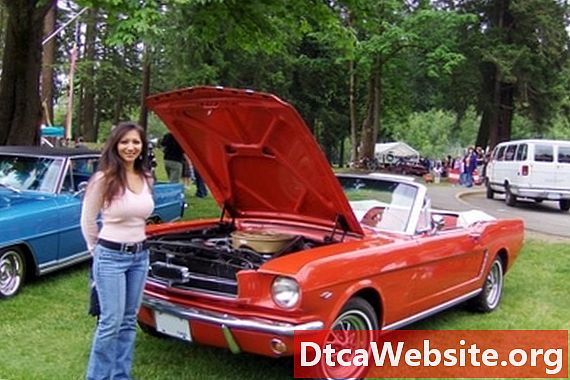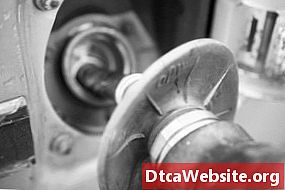
Contenu

Fords seminal ponycar rose to instant fame when it was introduced in 1964, and has remained in the top echelon of American cars ever since. Few designs are as beloved or have such a strong international following as the Mustang. While no generation of Mustang could ever be classified as technically ideal, their shortcomings are easily addressed.
Pro: Power-to-Weight Ratio
Based on the similarly equipped Falcon econo-car, the Mustang inherited a lightweight chassis waiting for additional power. Although the first models were little more than restyled Falcons, it didnt take Ford long to realize that its perky 260- and 289-cubic inch V8 would fit. Ever since that epiphany, Mustangs have maintained a higher power-to-weight ratio than most cars of its day. The only exceptions to this rule were Mustang IIs (1974 to78 models), which were essentially just restyled Pintos.
Con: Unibodies and Flex
To achieve the low weight that helped make the car peppy and cheap, Ford utilized a unit-body (a.k.a. "monocoque" or "unibody" construction). Unibodies dont use the full frames that most cars and trucks did at the time, relying solely upon the stiffness of the body to keep everything in line. Theres nothing wrong with unibodies in and of themselves (almost all modern passenger cars are monocoques), but it does open the door for a few problems. Although the older Mustangs body was stiffer than was average for unibodies of the time, theyre limp noodles compared to modern designs. The only way to stiffen the body is to install subframe connectors or a roll-cage, which essentially turns the car into a full-frame car. Many believe that 1964 through 1978 Mustangs use a full frame. The first two generations used front and rear subframes that bolted to the body, meaning that theyre still considered unibodies.
Pro: Cost and Engines
Mustangs have always been the standard bearer for Ford performance. Ford installs the best performing engines they have in Mustangs, which also receive technology updates before any other vehicle in Fords lineup. Every performance vehicle in Fords lineup has played host to an engine that was either previously or subsequently used in a Mustang.
Con: Rust
Mustangs arent any more prone to rust than most contemporary cars, but their unibody construction can make rust a disastrous affair. Mustangs tie most of their vital suspension components into the chassis, so any weakness caused by rust will cause more chassis flex than other cars would experience. Two factors complicate the problem further: rust location and body treatment. Mustangs tend to rust around the strut towers, which bear the entire weight of the car. Earlier models tended to rust in the floorpans (where the chassis is weakest). Add to this the fact that early Mustangs didnt receive the protective electroplating that modern cars get, and this chassis vulnerabilities become immediately apparent.


